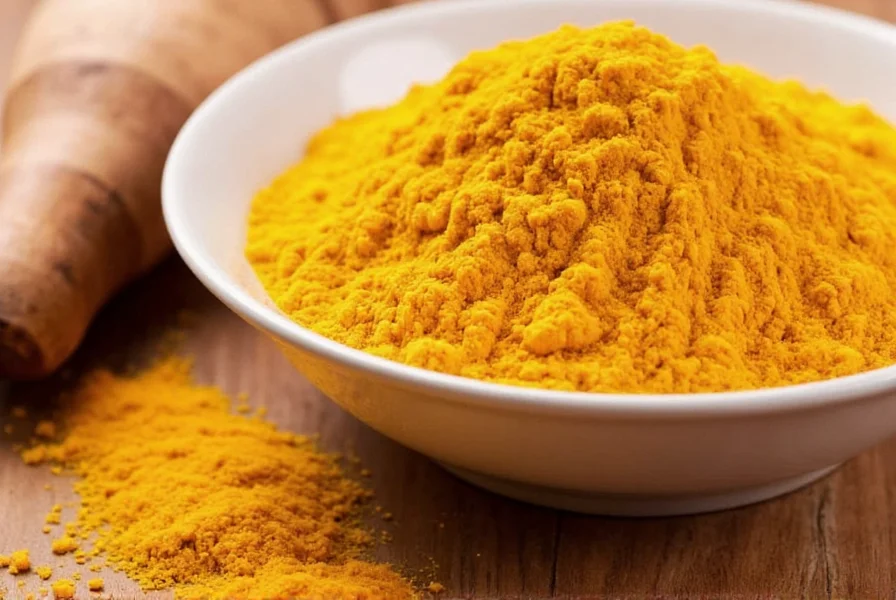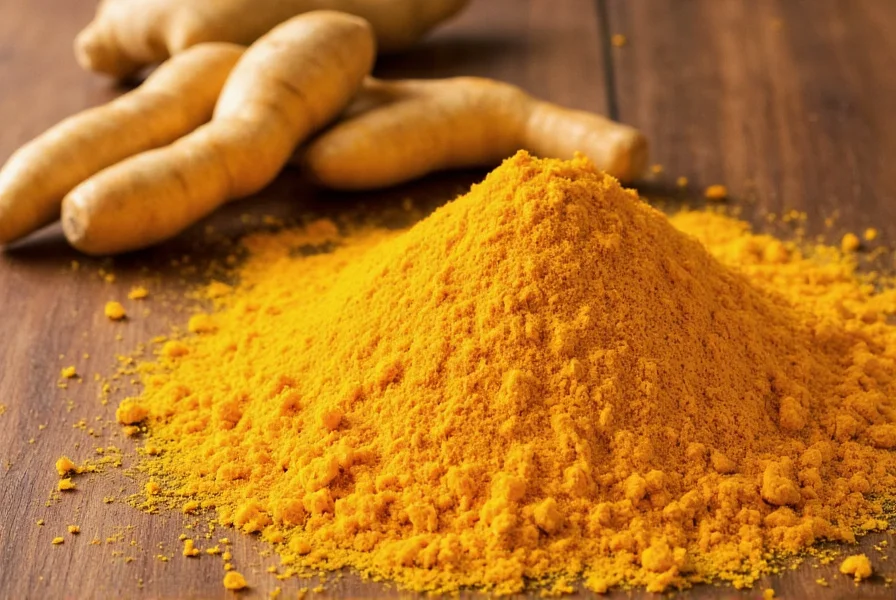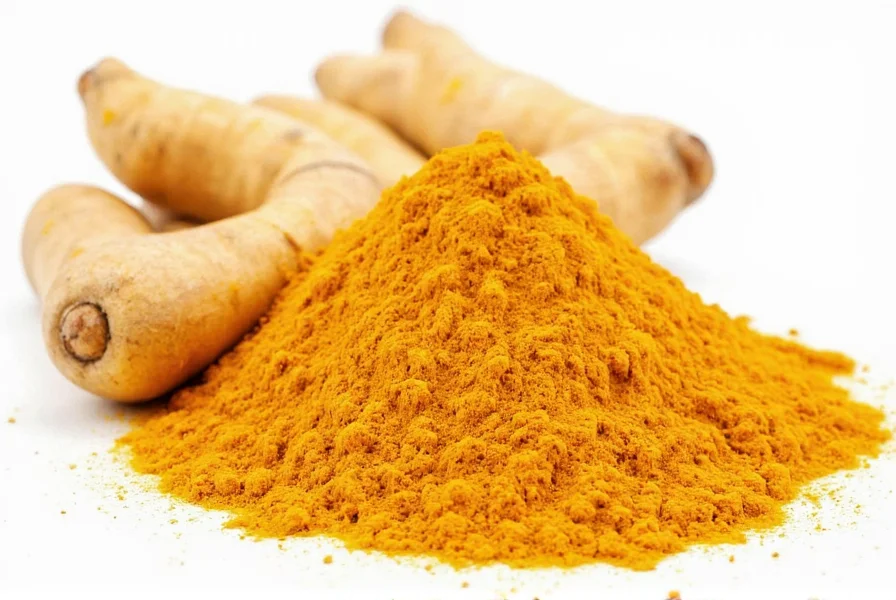Turmeric spice has become a global kitchen staple and subject of extensive scientific research. This comprehensive guide explores its culinary applications, evidence-based health properties, and practical usage tips for home cooks and health-conscious consumers.
Origins and Historical Significance
Originating in the Indian subcontinent, turmeric cultivation dates back to 2500 BCE. Ancient Ayurvedic texts document its use for digestive support and inflammation management. The spice traveled along trade routes to China by 700 CE, East Africa by 800 CE, and West Africa by 1200 CE. European explorers initially called it "Indian saffron" due to its vivid color and culinary similarity to the more expensive spice.
Culinary Characteristics and Flavor Profile
Turmeric delivers earthy, slightly bitter notes with warm, peppery undertones and subtle ginger-like aroma. Its flavor intensifies when cooked but diminishes with prolonged heat exposure. The spice's vibrant hue comes from curcuminoids, with curcumin comprising about 2-8% of raw turmeric.
| Form | Color Intensity | Flavor Strength | Shelf Life |
|---|---|---|---|
| Fresh rhizome | ★★★★★ | ★★★☆☆ | 2-3 weeks refrigerated |
| Ground powder | ★★★☆☆ | ★★★★☆ | 6-12 months |
| Extract (standardized) | N/A | N/A | 2+ years |
Nutritional Composition and Bioactive Compounds
Per teaspoon (2g), turmeric contains:
- 6.3 calories
- 0.2g protein
- 0.9g carbohydrates
- 0.1g fat
- 0.3g fiber
- 16% of daily manganese
- 5% of daily iron
The spice contains three primary curcuminoids:
- Curcumin (diferuloylmethane) - 77%
- Demethoxycurcumin - 17%
- Bisdemethoxycurcumin - 6%
These compounds work synergistically, though most research focuses on curcumin specifically. When evaluating health benefits of turmeric spice, it's crucial to distinguish between whole turmeric and isolated curcumin supplements.
Evidence-Based Health Benefits
Scientific research supports several health applications of turmeric spice:
Anti-Inflammatory Properties
A 2022 meta-analysis in Nutrients reviewed 22 clinical trials, concluding that curcumin supplementation significantly reduced inflammatory markers like CRP and IL-6. The anti-inflammatory effects appear comparable to some non-steroidal anti-inflammatory drugs (NSAIDs) at appropriate doses, though with fewer side effects.
Joint Health Support
Research published in the Journal of Medicinal Food demonstrated that 1,000 mg of curcumin daily improved pain and function in osteoarthritis patients as effectively as 1,200 mg of ibuprofen, but with better gastrointestinal tolerance. For those exploring using turmeric for joint pain, consistent daily consumption appears more beneficial than occasional use.
Digestive Benefits
Turmeric stimulates bile production, aiding fat digestion. A clinical trial in European Review for Medical and Pharmacological Sciences found turmeric supplementation reduced symptoms of functional dyspepsia in 87% of participants compared to 53% in the placebo group.
Optimizing Turmeric Absorption
Curcumin has notoriously poor bioavailability. These evidence-based strategies enhance absorption:
- Fat combination: Consume with healthy fats (olive oil, coconut milk) as curcumin is fat-soluble
- Piperine addition: Black pepper (containing piperine) increases absorption by up to 2,000%
- Heat application: Gentle cooking improves solubility
- Liquid formulations: Turmeric in warm beverages shows better uptake than dry powder
When preparing golden milk turmeric recipe variations, include black pepper and coconut oil for maximum benefit. Traditional Indian cooking often combines turmeric with these enhancers naturally.
Culinary Applications and Pairing Suggestions
Turmeric's versatility spans global cuisines:
- Indian cuisine: Essential in curry powders, rice dishes, and lentil preparations
- Southeast Asian cooking: Base for marinades, soups, and dipping sauces
- Middle Eastern dishes: Adds color and depth to rice pilafs and stews
- Western applications: Modern chefs use it in salad dressings, roasted vegetables, and even baked goods
For home cooks exploring how to use turmeric spice in cooking, start with these pairings:
- With coconut milk and ginger for curries
- In egg salad for color and health benefits
- Blended into smoothies with pineapple and ginger
- Added to rice or quinoa during cooking
- Combined with honey and lemon for soothing drinks

Storage Recommendations
To preserve turmeric's potency:
- Store ground turmeric in airtight containers away from light and heat
- Keep fresh turmeric rhizomes in the refrigerator for up to three weeks
- Freeze fresh turmeric in freezer bags for up to six months
- Check for fading color, which indicates diminished potency
Ground turmeric typically retains optimal quality for 6-12 months, while fresh rhizomes last 2-3 weeks refrigerated. For those seeking long-term storage of turmeric spice, freezing in vacuum-sealed portions preserves quality longest.
Potential Considerations and Side Effects
Turmeric is generally safe when consumed in culinary amounts, but consider these factors:
- High doses may cause gastrointestinal discomfort in sensitive individuals
- May interact with blood-thinning medications due to mild anticoagulant properties
- Could exacerbate gallbladder issues in predisposed individuals
- May lower blood sugar levels, requiring monitoring for diabetics
- Stains surfaces and fabrics permanently due to strong pigmentation
The acceptable daily intake according to the Joint FAO/WHO Expert Committee on Food Additives is 0-3 mg per kilogram of body weight for curcumin. When researching is turmeric spice safe daily, most studies suggest culinary use presents minimal risk, while high-dose supplementation requires medical consultation.
Quality Selection Guide
When choosing turmeric products:
- Look for deep orange-yellow color (pale indicates age or poor quality)
- Opt for organic certification to avoid pesticide residues
- Check for freshness dates on ground products
- Consider third-party testing for heavy metals, especially with imported products
- Fresh rhizomes should feel firm with smooth skin
For those investigating best turmeric spice brands, independent lab testing often reveals significant quality variations between brands, particularly regarding curcumin content and potential contaminants.

Conclusion: Maximizing Turmeric's Potential
Turmeric spice offers remarkable culinary versatility and evidence-supported health benefits when used appropriately. Incorporating it regularly into your diet—paired with black pepper and healthy fats—provides the most significant advantages. While not a miracle cure, this golden spice deserves its place as both a kitchen essential and a valuable component of a health-conscious lifestyle. Understanding proper usage, storage, and realistic expectations ensures you maximize turmeric's potential while avoiding common misconceptions.











 浙公网安备
33010002000092号
浙公网安备
33010002000092号 浙B2-20120091-4
浙B2-20120091-4